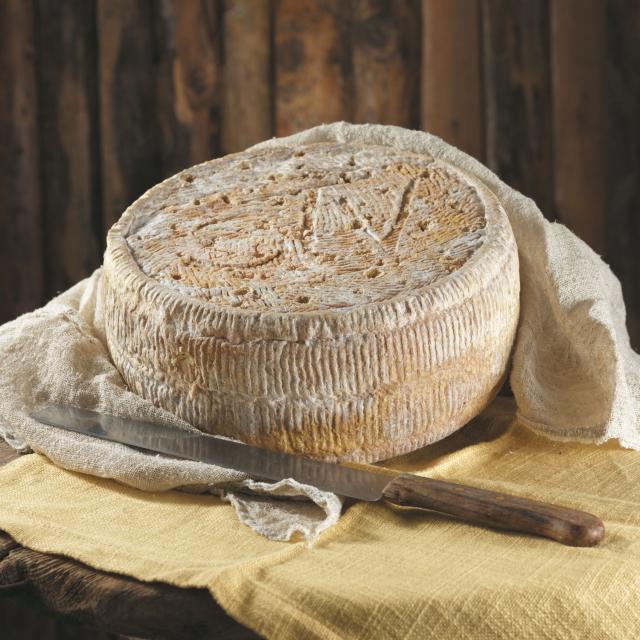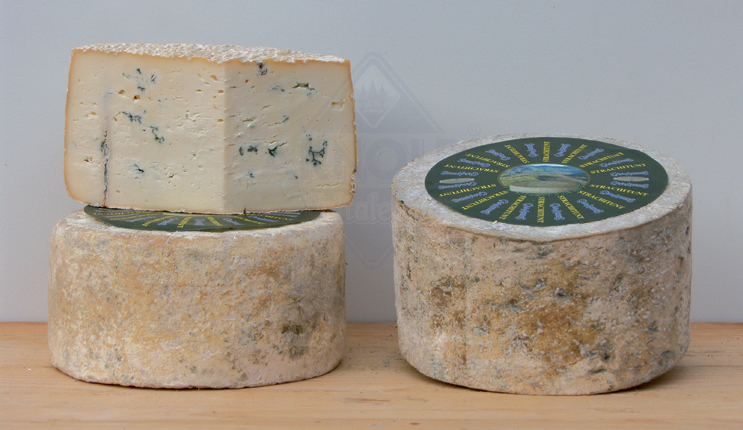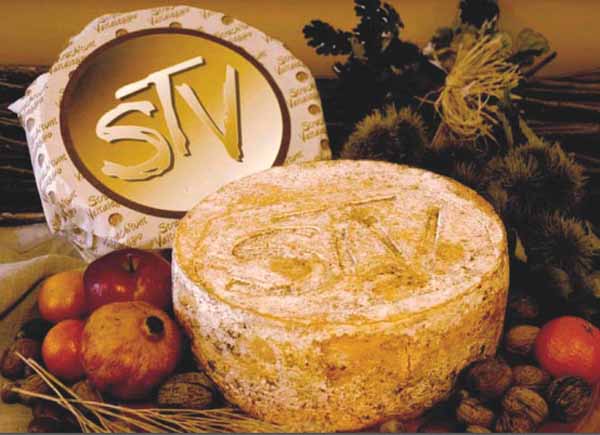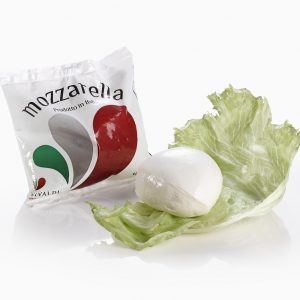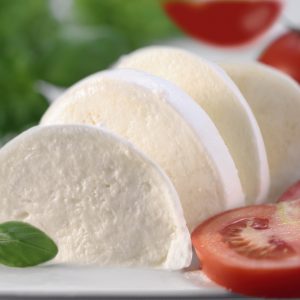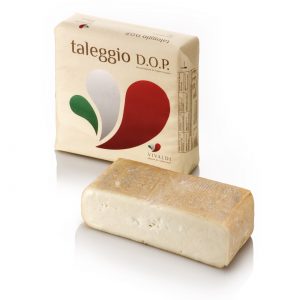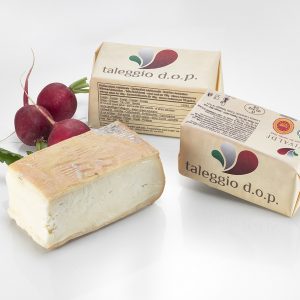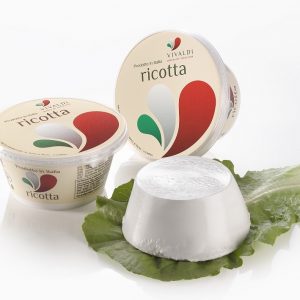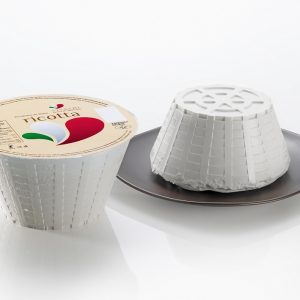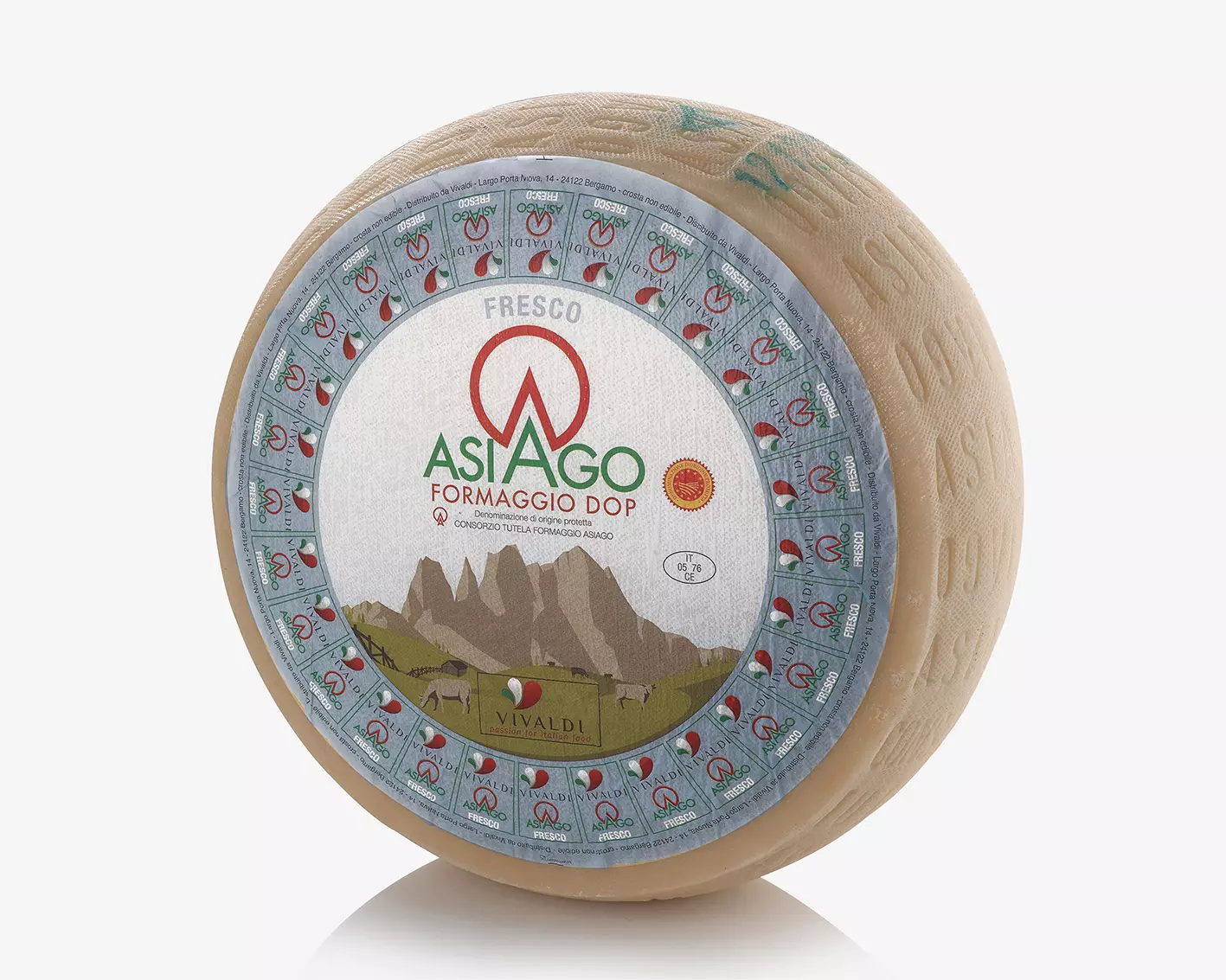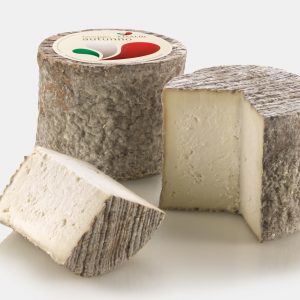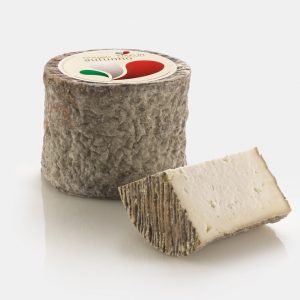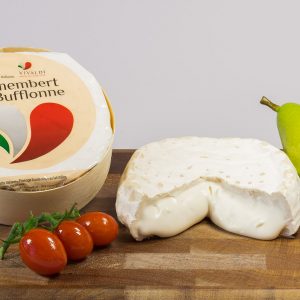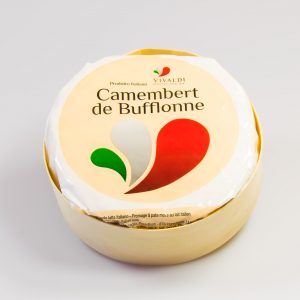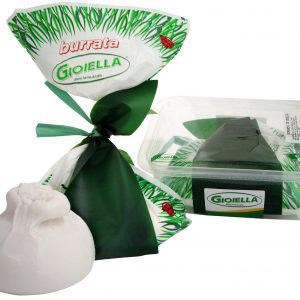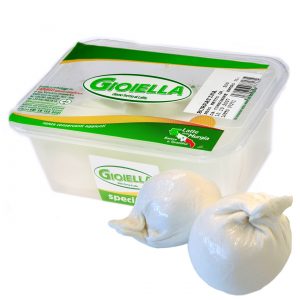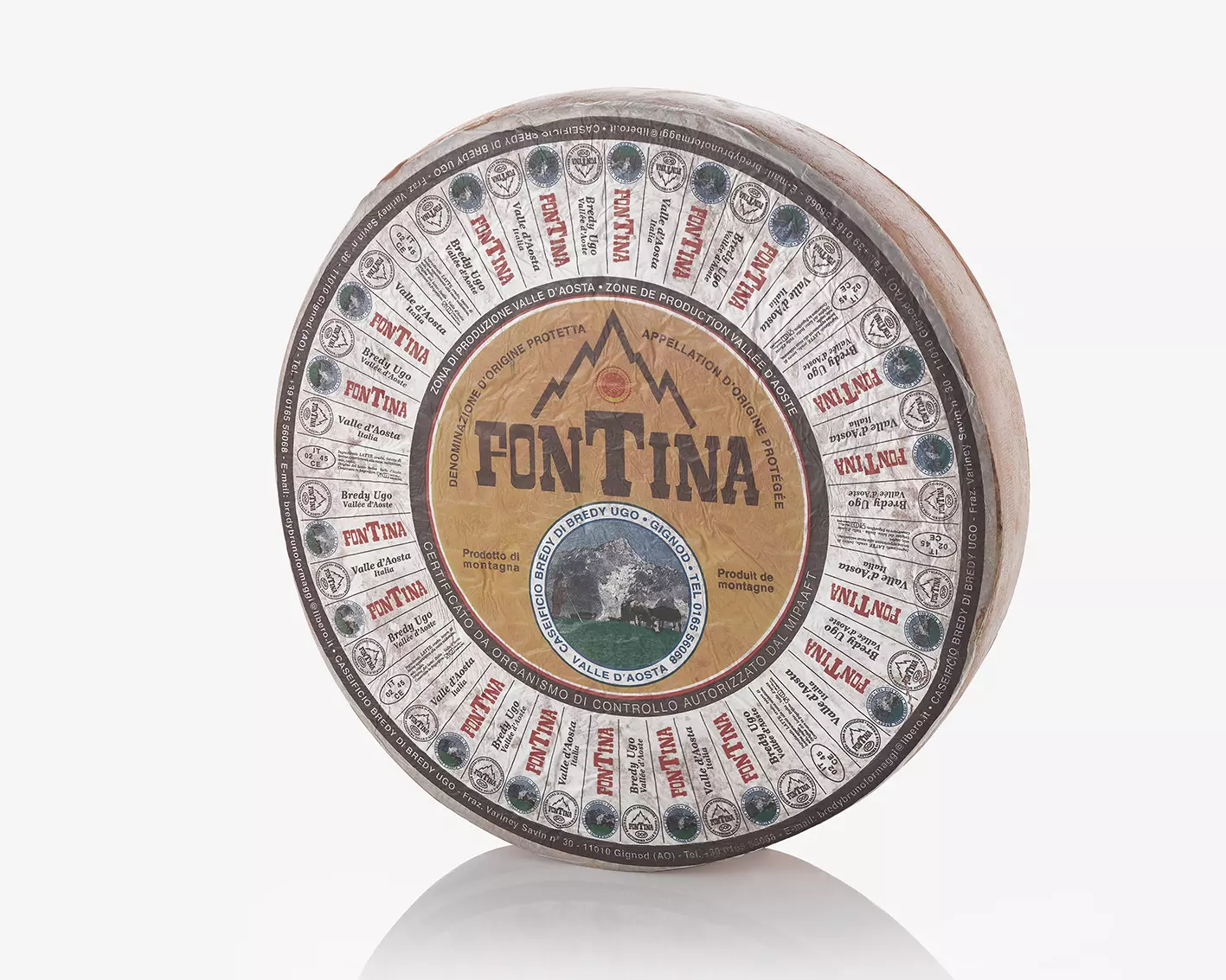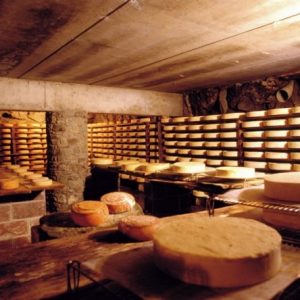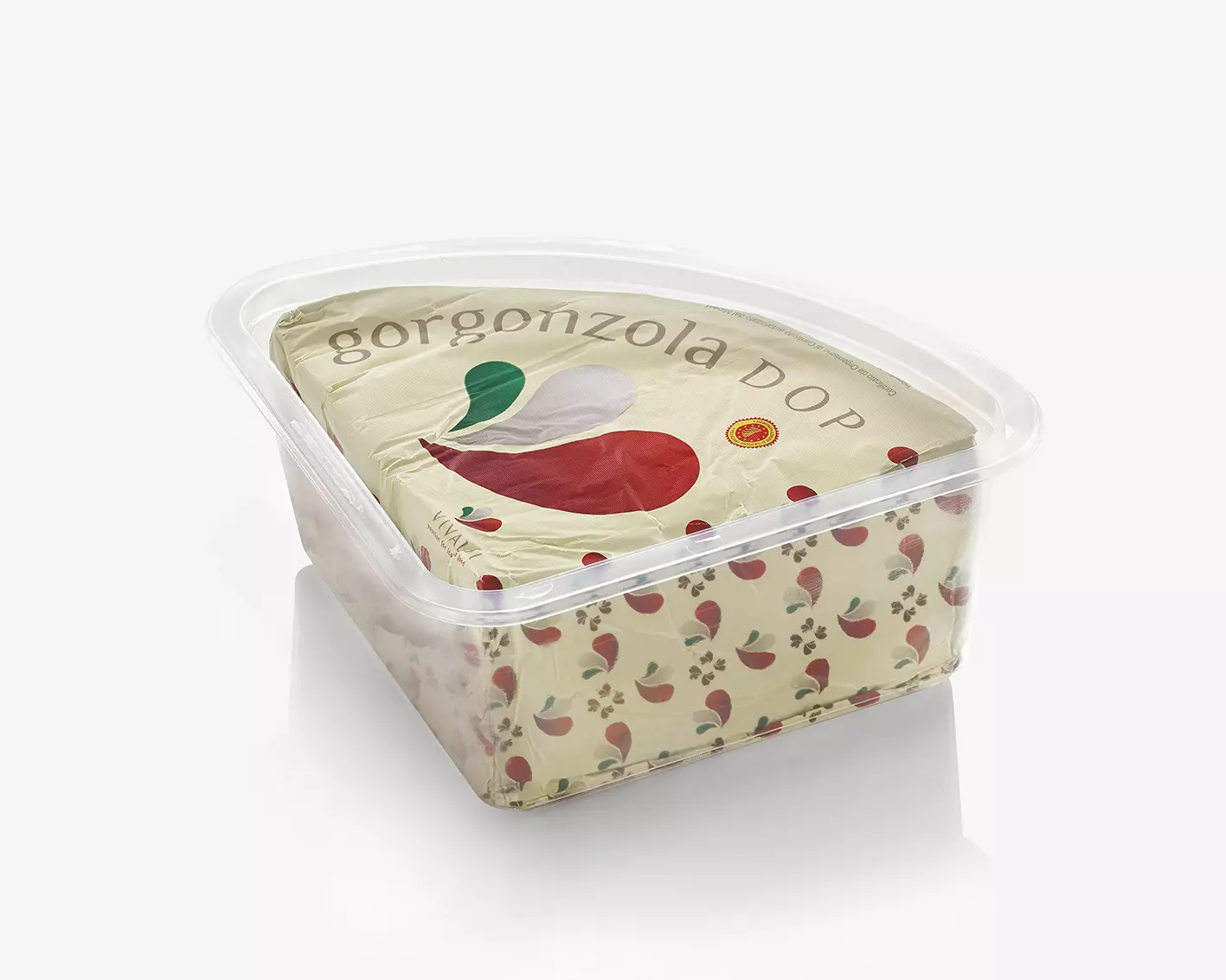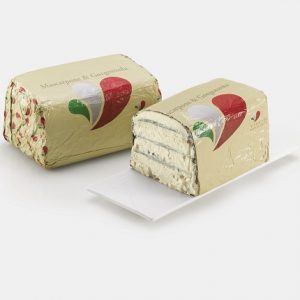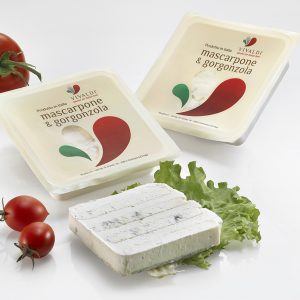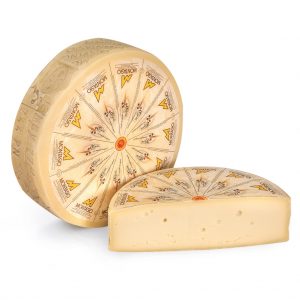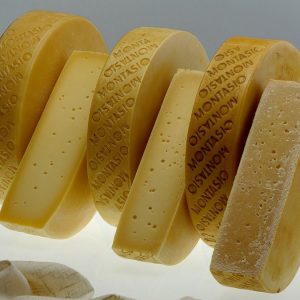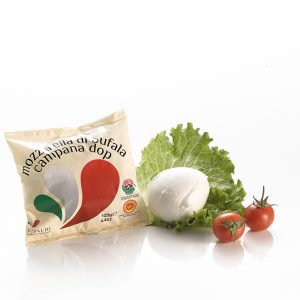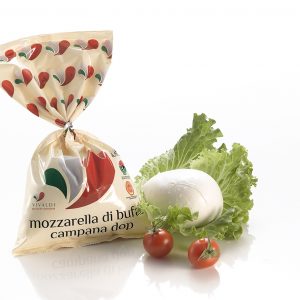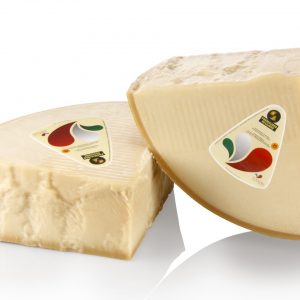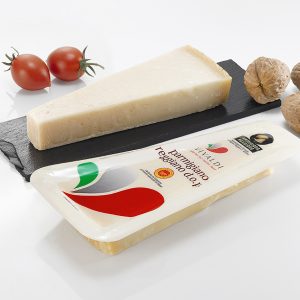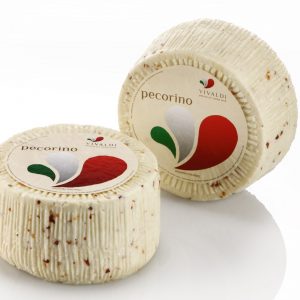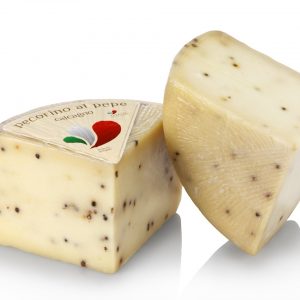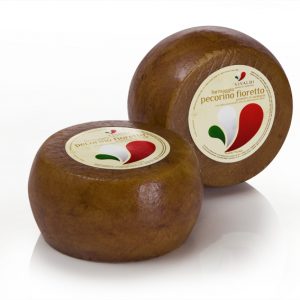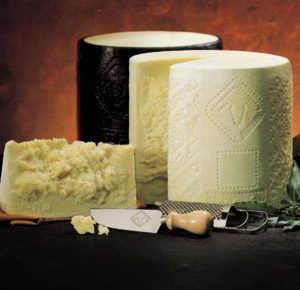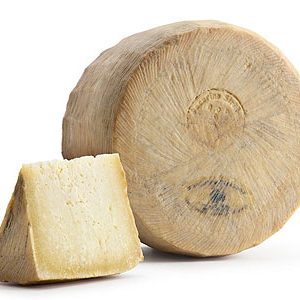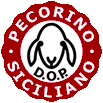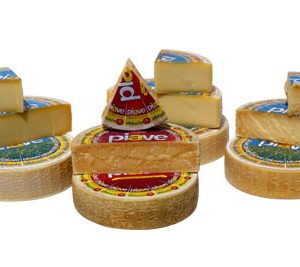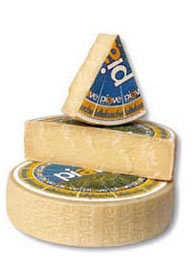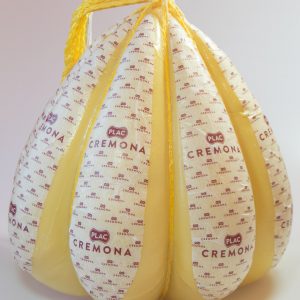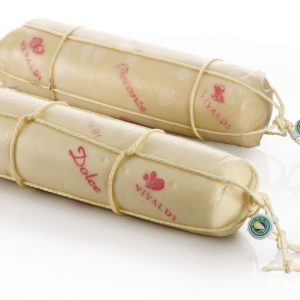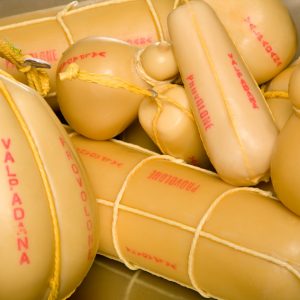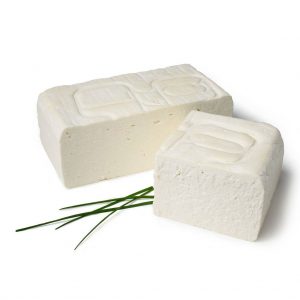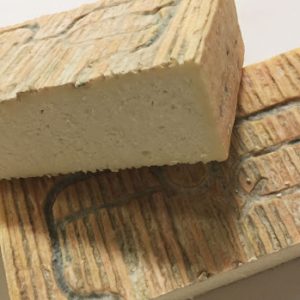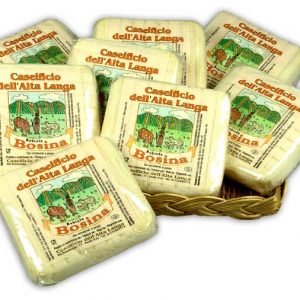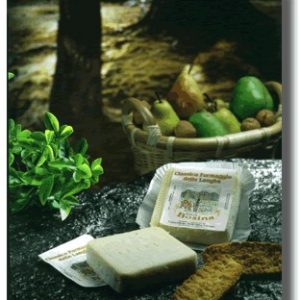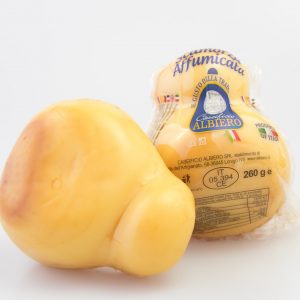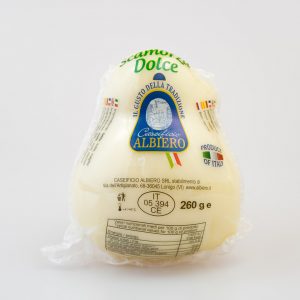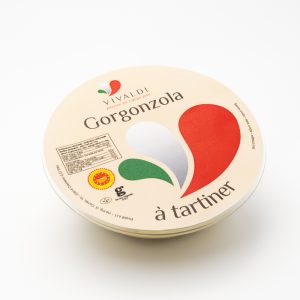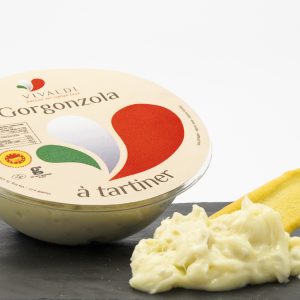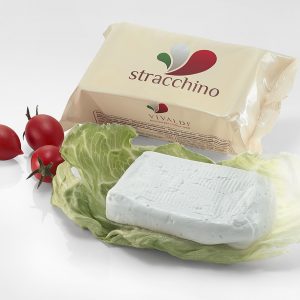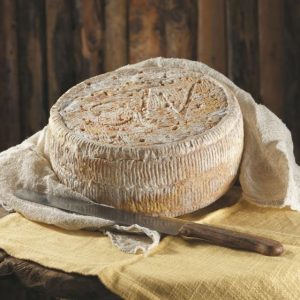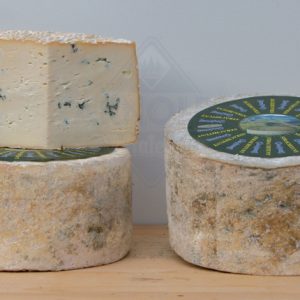Strachitunt della Valtaleggio PDO
Together with Taleggio, is the cheese that best embodies the Val Taleggio’s dairy tradition. It is a blue-veined cheese, produced since the Middle Ages using raw cow’s milk and whose name derives from the Bergamo’s dialect ” stracchino tondo”. It got Protected Designation of Origin in 2014 and the Production Disciplinary admitted as a territory only four Municipalities: Taleggio, Vedeseta, Gerosa and Blello.
Description
Strachitunt della Valtaleggio PDO
Strachitunt della Valtaleggio PDO – Strachitunt’s production technique has maintained its characteristics and is still in union with layers of curd of evening with curd of morning. The minimum allowed aging is 75 days but the optimal is three months. What characterizes the Strachitunt and that makes it different from other blue cheeses, is the presence of natural moulds ( Penicillium is not added); in fact, during the maturation period, the faces of each form are pierced with needles of copper to facilitate the penetration of the air inside them. So, where the two pastes were not been mix well, will form bluish veins that will give hotness and aromaticity to the cheese. It is a unique cheese, with a compact, marbled paste, softer under the rind and white color with the presence of creamy streaks. The smell is characteristic of blue cheese and the flavor is intense, aromatic, fragrant, melting with vegetable aftertaste, more spicy as it increases the aging. Great as a table cheese, served with beer jelly or figs, orange and grape jams.
Strachitunt is a blue cheese, that is, it has molds inside that give the characteristic blue and green streaks and patches. It belongs to the Stracchini family and is characterized by a very aromatic taste. It is a natural blue cheese, i.e. no Penicillum mold is added, as in the case of gorgonzola, but molds develop completely naturally, which makes it an even more special cheese.
This cheese is a niche Italian gastronomic product created only according to artisanal processing methods, as it was once done. Strachitunt is made with cow’s milk milked in the stables of the Taleggio Valley and is produced according to an ancient technique called ‘of the two pastes’.
The ‘two pasta’ technique
This technique consists of combining two curds of raw milk from local brown cows. The master cheesemakers combine the evening curd (called ‘cold curd’) which has drained for at least 12 hours, and that of the morning (called ‘hot curd’). Not having the same consistency or acidity, the two curds do not mix completely, leaving empty spaces where air circulates, perfect for the development of mold. Molds therefore develop naturally, thanks to this ancient but innovative technique, making the addition of Peniccilum unnecessary. The Strachitunt then rests for 75 days and is always turned and washed with water and salt. The final product is a cheese with an intense aromatic taste, sweet and at the same time a little spicy according to the lengthening of the seasoning. In 2014, the European Union finally granted the protected designation of origin to this cheese.

